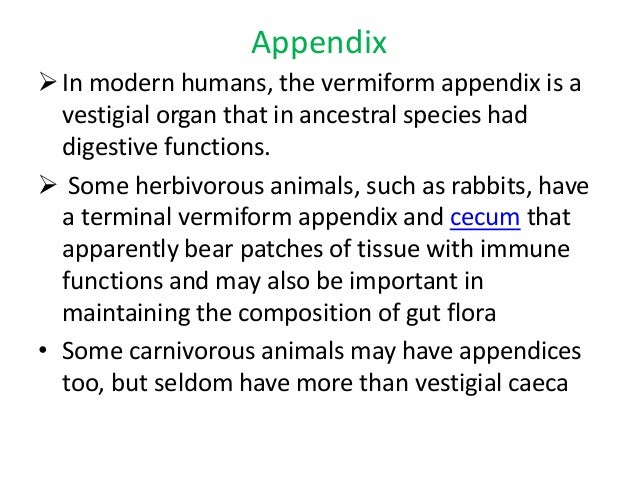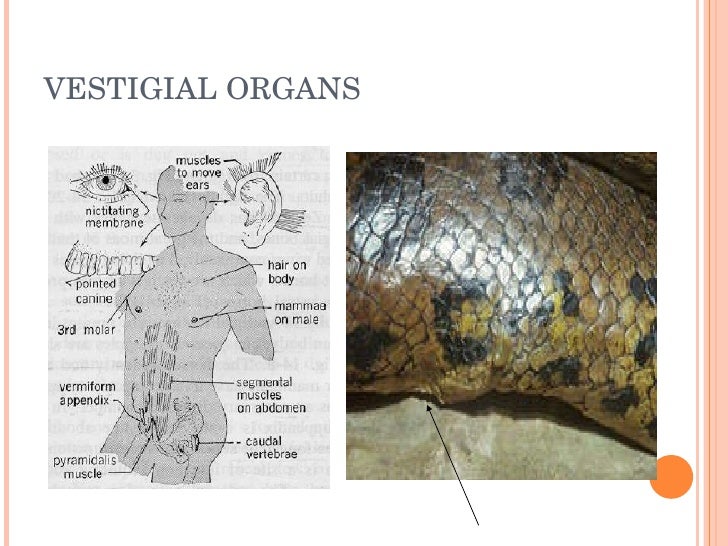
Among the sequences of DNA in our bodies, a good portion of those have traces of genetic fragments called pseudogenes and transposons, indicating a defect in the strand that could’ve been caused by a virus or some other mutation incurred in the course of our evolutionary history. Though controversial, many scientists believe that much of our DNA exists simply as remnants of some purpose long past served. This term refers to portions of our human genome for which no functional role has been discovered. Most of the modern day research has called this organ to become useless in the human body, though they still show some of the functions. The organ mostly helped in opposite sex attraction in the primitive days which is no longer in use at present.

Also called as the Jacobson’s organ, the Vomeronasal organ detects the pheromones that help in exchange of information in between similar special through chemicals.

The vomeronasal organ functions as olfactory organ in most of the reptiles and amphibians. In some cases, structures once identified as vestigial simply had an unrecognized function. Although structures called vestigial often appear functionless, a vestigial structure may retain lesser functions or develop minor new ones. In the context of human evolution, human vestigiality involves those traits (such as organs or behaviors) occurring in humans that have lost all or most of their original function through evolution.

Some are repeated in this list of ten vestigial structures you didn't know you had. This list of vestigial structures is inclusive of the entire animal kingdom.


 0 kommentar(er)
0 kommentar(er)
